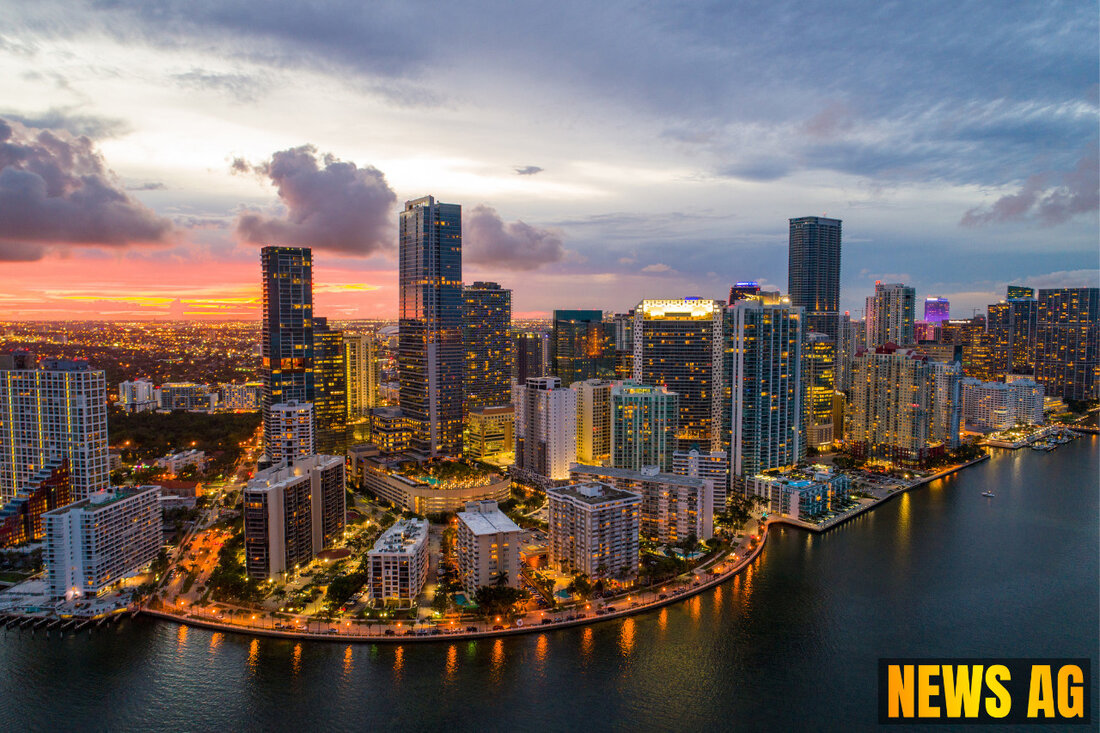Horseshoe Crabs in Crisis: Decline Sparks Urgent Call for Action!
Horseshoe crabs in Long Island Sound face severe declines due to habitat loss and overharvesting, prompting calls for conservation measures.

Horseshoe Crabs in Crisis: Decline Sparks Urgent Call for Action!
The decline of horseshoe crabs in Long Island Sound has reached alarming levels, sparking concern among researchers, conservationists, and local fishermen alike. Over the past two decades, these ancient mariners have faced a “severe decline,” primarily attributed to habitat loss, overharvesting, and environmental degradation, as reported by Newsday. The situation has become so critical that New York Governor Kathy Hochul is now considering legislation to ban the harvesting of horseshoe crabs for both bait and biomedical purposes.
Research has demonstrated a stark reduction in horseshoe crab populations, with annual declines averaging between 2.8% and 9.3% across multiple datasets from Long Island and Connecticut. John Tanacredi, a professor at Molloy University, underscores the importance of ongoing studies in understanding these trends, especially after the closure of the CERCOM field station, which has limited research capabilities. Despite these challenges, he continues to advocate for a ban on bait harvesting, citing it as crucial for the species‘ survival.
Research and Conservation Efforts
A recent comprehensive review published in Nature emphasizes the need for continued study and data collection surrounding horseshoe crabs. The report highlights various factors affecting these creatures, such as coastal „armoring,“ pollution, and infrastructure development, all contributing to their rapid decline. Notably, researchers noted demographic shifts, including an unsettling change in the sex ratio, where higher percentages of females are reported in some populations. This phenomenon raises concerns about the potential for future reproductive success.
Moreover, the interdependence of horseshoe crabs and migratory bird species, particularly the red knots, is under scrutiny. Studies have shown that the survival of red knots in their wintering grounds is intricately linked to the availability of horseshoe crab spawn. The absence of these spawn threatens not only horseshoe crabs but also the delicate balance of local ecosystems.
The Fishermen’s Perspective
Interestingly, not everyone is on board with a ban. Local fisherman Will Caldwell has observed what he describes as an increase in horseshoe crab numbers, pushing back against claims of drastic decline. Current regulations allow for harvesting up to 200 horseshoe crabs per day, although limitations are in place during critical spawning periods. His sentiments point to the ongoing debate between conservation efforts and local fishing interests.
As conservation groups rally behind Hochul to endorse the proposed ban, they argue that measures instituted by the Department of Environmental Conservation (DEC) have been ineffective in managing the horseshoe crab population. This ongoing tension underscores a larger question: How can we balance ecological preservation with the livelihoods of those who depend on these resources?
As we stand at this crossroads, the necessity for adaptive management becomes apparent. The Atlantic States Marine Fisheries Commission has taken steps toward reassessing horseshoe crab populations, and tighter regulations may soon be essential, particularly within sensitive areas like the Peconic Estuary.
With a variety of voices and opinions at play, what’s clear is that the beloved horseshoe crab is in trouble. Without focused efforts on conservation, continued research, and carefully balanced management strategies, we risk losing not only this ancient species but the broader ecological health of our coastal ecosystems. The time for action is now.

 Suche
Suche
 Mein Konto
Mein Konto